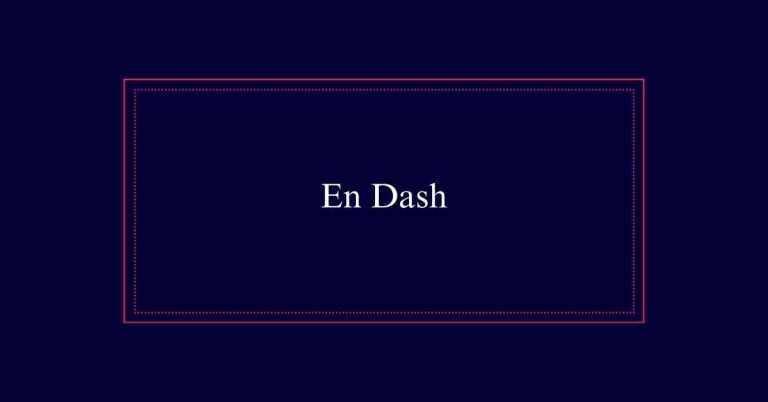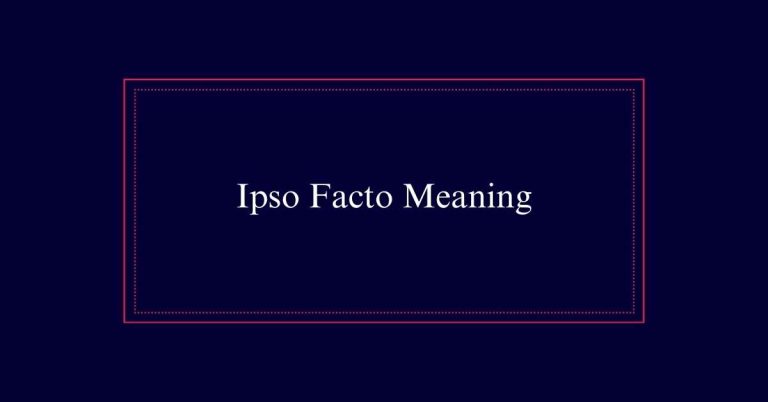Who Vs. That
Use ‘who’ when referring to people or groups of people. For instance, ‘The teacher who inspired me.’ Use ‘that’ for inanimate objects, places, and animals, such as ‘The book that you recommended.’ ‘That’ helps in specifying objects and places, guaranteeing clarity. It can also refer to unnamed animals, like ‘The cat that sleeps on the porch.’
Understanding ‘Who’ and ‘That’
Understanding the distinctions between ‘who’ and ‘that’ is essential for clear and grammatically correct writing. ‘Who’ is used when referring to people. It helps specify that we are talking about individuals or groups of individuals. For example, ‘She is the teacher who inspired me.’
On the other hand, ‘that’ is generally used for inanimate objects, places, or animals. For instance, ‘The book that you lent me was fascinating.’ Using ‘who’ for people and ‘that’ for things or animals guarantees clarity. It helps readers easily understand the subject of the sentence.
Using ‘That’ for Objects
When referring to inanimate objects, ‘that’ is the appropriate word to use. It helps guarantee the subject and maintain grammatical accuracy.
For example, ‘The book that you lent me was fascinating.’ Here, ‘that’ specifies which book is being discussed. This usage guarantees the sentence is clear and direct.
Another example is, ‘The chair that you repaired is now sturdy.’ In this sentence, ‘that’ connects the action to the object. Using ‘that’ for objects avoids confusion and maintains a formal tone.
‘That’ With Places and Things
‘That’ is crucial when referring to places and things to guarantee clarity and precision. This word helps to specify which particular place or thing you are talking about.
For example, ‘The restaurant that we visited last night was outstanding,’ clearly identifies the specific restaurant. Similarly, using ‘that’ in, ‘The book that you lent me is fascinating,’ makes it clear which book is being referred to. In both cases, ‘that’ removes ambiguity and ensures the sentence is understood correctly.

Always use ‘that’ in such contexts to maintain clear communication.
‘That’ for Animals
Although style guides vary, using ‘that’ for animals is generally accepted when the animal does not have a specific name. This practice is common in both professional and casual writing.
For example, one might say, ‘The dog that barked last night kept me awake.’ Here, ‘that’ is appropriately used because the dog is not named.
However, if the animal has a specific name, many guidebooks recommend using ‘who.’ This distinction helps to clarify the context, making the text more precise.
Using ‘that’ for unnamed animals guarantees consistency and avoids confusion. It also aligns with the broader rule of using ‘that’ for inanimate objects and non-human entities, streamlining grammatical choices.
‘Who’ for People
In grammatical usage, ‘who’ should be employed when referring to people. This pronoun is specific to human beings and guarantees clarity and correctness in writing. Using ‘who’ correctly helps maintain the precision of the subject being discussed.
Here are some key points to remember:
- Individuals: Use ‘who’ when referring to a single person. Example: ‘She is the doctor who treated me.’
- Groups of people: Use ‘who’ when referring to specific people within a group. Example: ‘The students who passed the exam celebrated.’
- General reference: Use ‘who’ for general references to people. Example: ‘Anyone who enters must sign in.’
Exceptions to the Rules
There are notable exceptions to the general rules that govern the use of ‘who’ and ‘that’ in English grammar. Although ‘who’ is typically used for people, ‘that’ can sometimes replace ‘who’ in certain contexts.
For instance, in informal speech or writing, you might hear someone say, ‘the person that called me.’ Additionally, while ‘that’ is generally used for animals, ‘who’ can be used for pets or animals with names, especially in more personal or affectionate contexts.
Furthermore, in creative works like songs or poetry, writers may choose ‘that’ for stylistic reasons, as seen in Gotye’s song, ‘Somebody that I used to know.‘ These exceptions highlight the flexibility within the language.
Groups: ‘Who’ Vs. ‘That’
When referring to groups, the choice between ‘who’ and ‘that’ depends on whether you are discussing the group as a whole or the individuals within it. Here are key points to keep in mind:
Group as a Whole: Use ‘that’ when referring to the group collectively.
Example: ‘The committee that decides policy meets monthly.’
Individuals within a Group: Use ‘who’ when referring to specific people within the group.
Example: ‘The members who volunteered were praised.’
Context Matters: The context of your sentence can influence the choice. Think about whether the focus is on the group entity or the people in it.
Companies and Organizations
Companies and organizations should be referred to using ‘that’ when discussing them as entities. This guideline helps maintain clarity in writing. For example, ‘Apple is the company that revolutionized the smartphone industry.’ Here, ‘that’ correctly refers to Apple as an entity.
When referencing specific individuals within a company, use ‘who’. For instance, ‘The engineer who led the project received an award.’ This guarantees the distinction between the organization and its members is clear.
Adhering to this rule avoids confusion and guarantees precise communication. Remember, ‘that’ is for the entity, while ‘who’ is for the people within it.
Animals: Style Guide Differences
Different style guides offer varying rules on whether to use ‘who’ or ‘that’ when referring to animals. The choice depends on the context and the specific guide being followed.
Here are some general guidelines:
- Chicago Manual of Style: Permits the use of ‘who’ for animals, even if they are not named.
- AP Style: Recommends using ‘who’ only for animals with specific names, otherwise use ‘that’.
- APA Style: Similar to AP style, advises ‘who’ for named animals and ‘that’ for unnamed animals.
Common Mistakes
Understanding style guide differences is important, but it’s also crucial to be aware of common mistakes when using ‘who’ and ‘that’.
One frequent error is using ‘that’ instead of ‘who’ when referring to people. For example, ‘She is the teacher that inspires me,’ should be ‘She is the teacher who inspires me.’
Another mistake is mixing up ‘who’ and ‘that’ with groups and companies. Remember, use ‘that’ for groups and companies as entities, such as ‘The team that won the championship.’
For animals, the mistake often lies in inconsistency. Follow the specific style guide: use ‘who’ for named animals in Chicago Manual of Style, but ‘that’ for unnamed animals in AP and APA styles.







